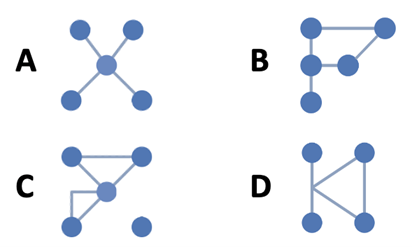Please note: This site contains links to websites not controlled by the Australian Government or ESA. More information here.
Different ways to pay
Students recognise payment options that suit their circumstances. They understand options when choosing financial products and know where to go for trusted information.
Additional details |
|
| Year level(s) | Year 8, Year 9, Year 10 |
|---|---|
| Audience | Teacher |
| Purpose | Teaching resource |
| Format | Downloadable resources |
| Teaching strategies and pedagogical approaches | Mathematics investigation |
| Keywords | banking, loans, financial literacy |
Curriculum alignment |
|
| Curriculum connections | HASS, The Arts, Technologies |
| Strand and focus | Number, Measurement |
| Topics | Mathematical modelling, Money and financial mathematics |
| AC: Mathematics (V9.0) content descriptions |
AC9M8N05
Use mathematical modelling to solve practical problems involving rational numbers and percentages, including financial contexts; formulate problems, choosing efficient calculation strategies and using digital tools where appropriate; interpret and communicate solutions in terms of the situation, reviewing the appropriateness of the model
AC9M9M04
Calculate and interpret absolute, relative and percentage errors in measurements, recognising that all measurements are estimates
AC9M9M05
Use mathematical modelling to solve practical problems involving direct proportion, rates, ratio and scale, including financial contexts; formulate the problems and interpret solutions in terms of the situation; evaluate the model and report methods and findings
AC9M10M04
Identify the impact of measurement errors on the accuracy of results in practical contexts |
| Numeracy progression |
Proportional thinking (P6)
Multiplicative strategies (P8) Number patterns and algebraic thinking (P9) Understanding units of measurement (P10) |
Copyright details |
|
| Organisation | ASIC |
| Copyright | © ASIC. Creative Commons BY-NC-SA 3.0 AU. |
Related resources
-

Tax, Super + You
A free curriculum-aligned teaching resource that can be used in secondary schools or at home.
Resource details -

Teaching consumer and financial literacy
A guide to creating lesson plans about money.
Resource details -

Understanding compound interest
Students learn how compound interest works and why saving now can help you later.
Resource details -

Capital Airways: Part 1
In this lesson students are introduced to the concept of a network through an airline route map. The task extends into a detailed mathematical modelling activity with students exploring in teams how to re-design the network map to improve the airline’s profitability. This lesson is in two parts and is followed by Capital Airways: Part 2.
Resource details
